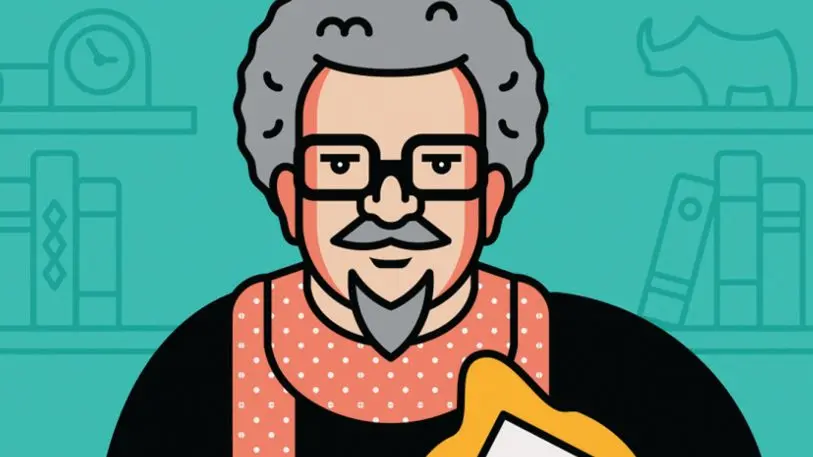Leaders in humanitarian aid, finance, technology, and more have embraced the distributed ledger known as blockchain to bring transparency to their operations. The art world is experimenting with it as well, seeing the technology as a way to revolutionize how art is bought and sold, thwart fraud and tax evasion, and reduce friction during the auction process. Here are the many ways that buyers, sellers, and enterprising artists are embracing this new medium.
The Artist
Visual artists are increasingly creating digital artwork, which might not ever have a physical presence. Digital files, however, can be replicated and distributed without the artists’ consent. By registering their work on the blockchain, artists can establish proof of ownership, and therefore a secondary market. Some are even using blockchain technology itself as a canvas. This past February, artist Kevin Abosch sold Forever Rose to a collective of investors for cryptocurrency valued at $1 million. Each buyer received one-tenth of a virtual rose–effectively a string of code–as a token on the blockchain, which they can keep, sell, or give away.

The Collector
Forgeries are still rampant in the art world. Collectors worried about the authenticity of a purchase can use the blockchain to track its ownership history. Several startups, including Codex and Verisart, offer artists, collectors, and galleries registration and certification services. When a piece is registered, details of its physical characteristics and history are stored in a time-stamped entry on the blockchain that can be verified. “I think of [the blockchain] like LinkedIn,” says Verisart CEO Robert Norton. “A single unverified claim might look suspicious, but one that other issuers can endorse can hold more value and credence.”

The Art Investor
Singapore-headquartered firm Maecenas is using blockchain-based cryptocurrency to sell shares of artwork. In July, the company partnered with the gallery Dadiani Syndicate for its first sale, offering a 31.5% stake in Andy Warhol’s 14 Small Electric Chairs, valued at $5.6 million. “We’re not selling art, we’re selling a financial product,” says Kim Randall-Stevens, Maecenas’s director of acquisitions and sales. “Eventually, anyone who wants to liquidate a fraction of their artwork will be able to do it.” In the coming months, the company will roll out a blockchain-based platform for trading such shares.
Recognize your brand’s excellence by applying to this year’s Brands That Matter Awards before the early-rate deadline, May 3.
